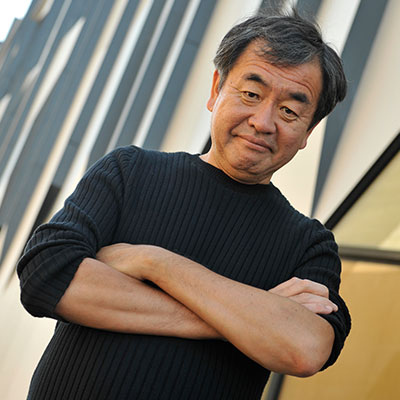
COCOON-STRUCTING WITH NATURE
Traditional materials, cohabitation with the environment, decidedly modern lines. Since his debut, the multiple award winner, architect of the Japanese National Stadium in Tokyo for the 2020 Olympics, the Aix-en-Provence Conservatory and the Haruki Murakami Library in Tokyo, has based his practices on noble principles.
Kengo Kuma is one of the best-known Japanese architects of the modern era. For almost fifty years, his vast projects have spread across the globe. And France is one of his favorite stomping grounds. Named among the top 100 most influential people of 2021 by the prestigious Time magazine, he maintains a unique, humble and constant view of his profession and his career.
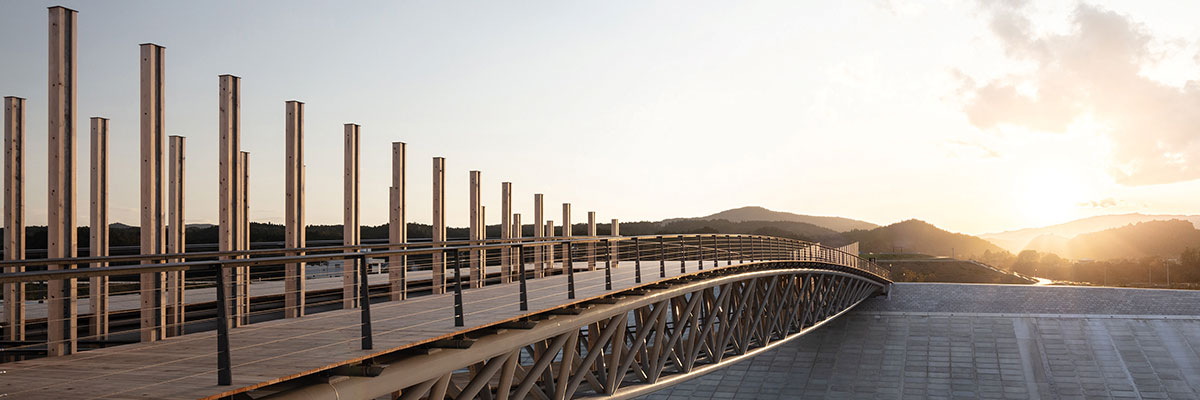
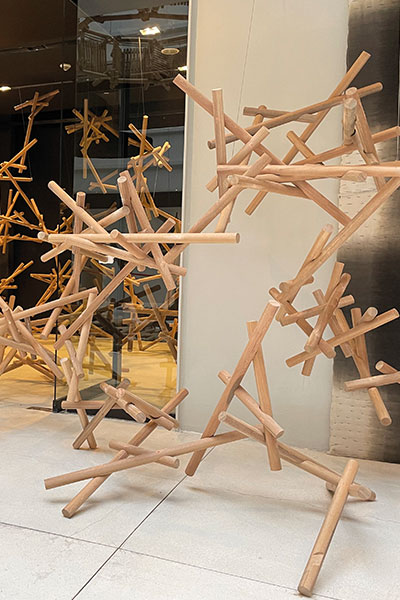
Your career as an architect has been long-lasting. With the benefit of hindsight, how do you view your early works?
Kengo Kuma: I started my career in Japan, during the so-called "economic bubble". A couple of my early projects caused a stir and drew attention; and they helped me surprise my predecessors. In a way, they allowed me to become an accomplished architect quite early on.
Your career has been dotted with prizes and awards. Was recognition from your peers and the public a goal in your career?
K. K.: Until recently in Japan, architecture was a discreet profession and architects' names were never mentioned in the media. Unlike in Europe, where architects have a public face, it was not a socially recognized or appreciated profession in Japan. With that in mind, winning awards and being placed in the media spotlight drew the Japanese public's attention to architects as a whole.
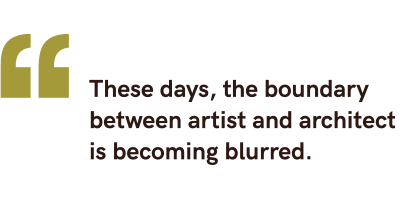
Do you consider yourself an artist?
K. K.: These days, the boundaries between artist and architect are blurred. Some artists are now presenting works on a similar level as architecture. And architects, like me, are trying to design buildings which express a philosophy or which suggest a new way of living to the public. So, I'm a bit of both.
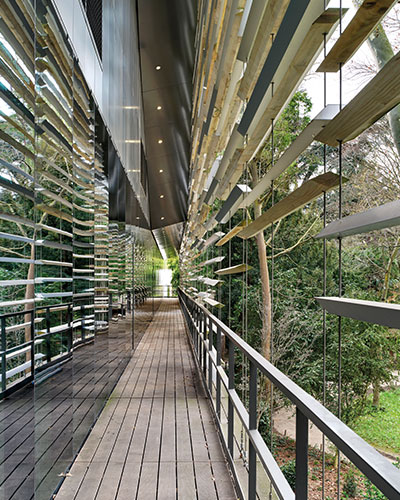
What is the current state of the architectural sector?
K. K.: The crisis in Ukraine, international conflicts and other complex situations have had an impact on architecture. The Covid pandemic also had effects on our sector. This context is not favorable to architecture, and I get the impression that the construction of buildings will be more and more difficult in the future. But this will give us the opportunity to rethink and redefine the role of architects.
What are you working on today?
K. K.: I have numerous ongoing projects, but I cannot go into detail. The most important thing for me at the moment, though, is to decentralize my Tokyo office. I'm sending my team all over Japan to set up branches. I'd like each offshoot to take root in its region and forge close local relations. I think that's the best way to survive in the post-Covid world.
KKAA was the architect for the Albert Kahn Museum which recently reopened in the Paris suburbs. How does your work respond to the dreams of this special man who wanted to archive the beautiful things of this world?
K. K.: One of the most beautiful things that Albert Kahn left us is his collection of gardens. Not just Japanese gardens, but those representing other countries, too. He was very aware of the cultural specificities of each and spent a great deal of time and effort to bring them to life authentically in the grounds of his museum. I really identify with this approach in that I truly believe that a garden, or a landscape, has much deeper meaning than architecture. I hope that my contribution to the reopening of the Albert Kahn Museum reflects the deep respect that I have for the man himself.
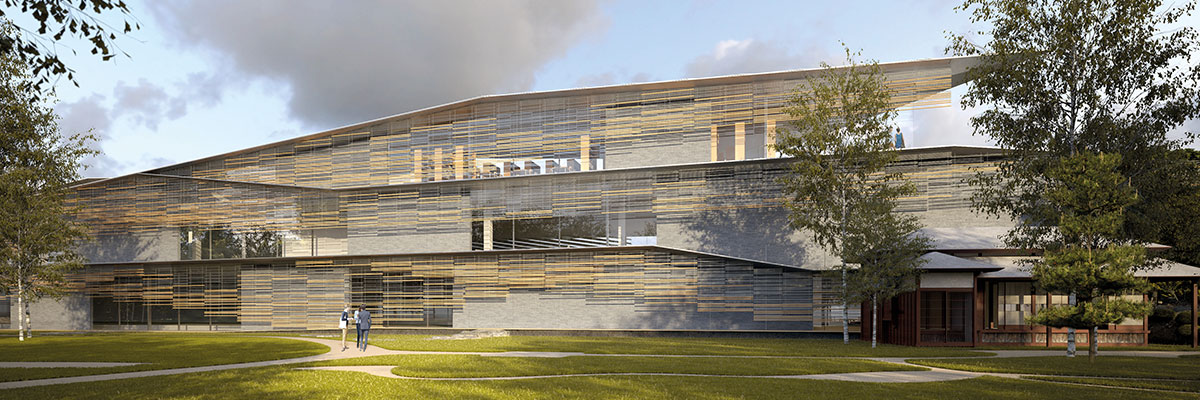
Photo credits: KKAA, J.C. Carbonne, Keishin Horikoshi/SS, Kosuke Nakao/SS, Marcin Sapeta, Michel Denance



